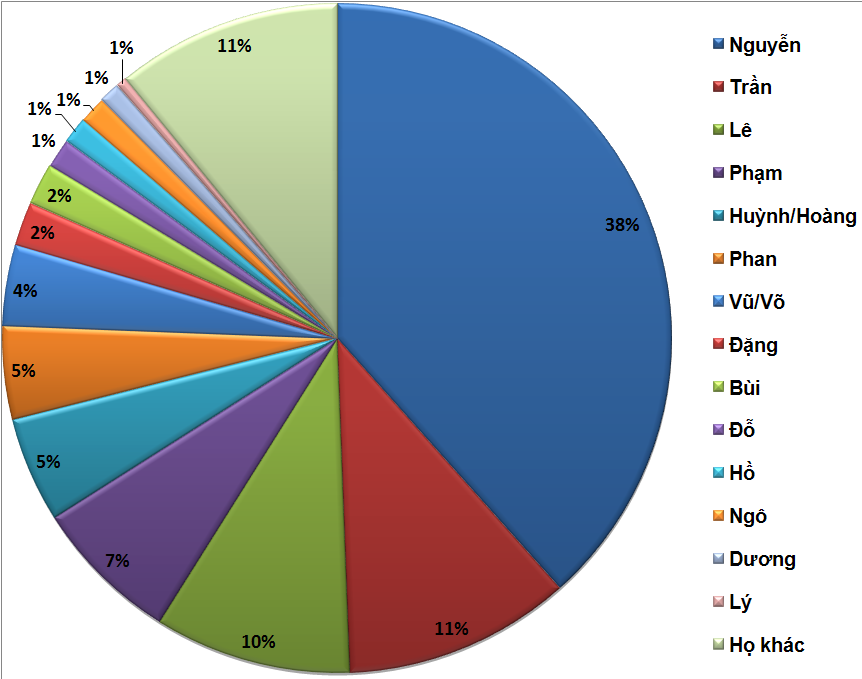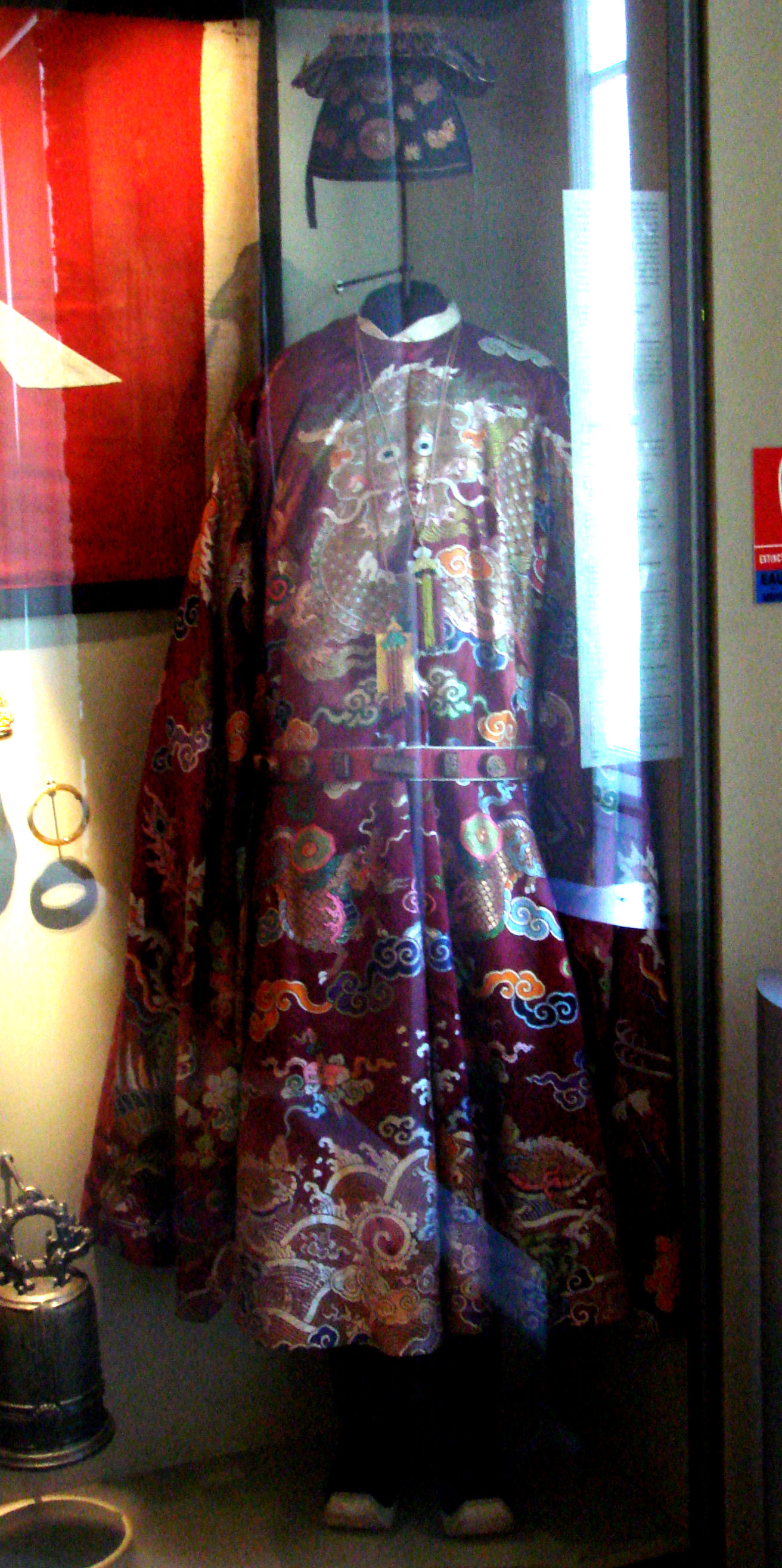|
Nguyễn Tri Phương
Nguyễn Tri Phương ( vi-hantu, 阮知方, 1800 – 1873), born Nguyễn Văn Chương, was a Nguyễn dynasty mandarin and military commander. He commanded armies against the French conquest of Vietnam at the Siege of Tourane, the Siege of Saigon and the Battle of Hanoi (1873). Early years Nguyễn Tri Phương was born in 1800 in Ðường Long village, Chánh Lộc canton, Phong Ðiền district, Thừa Thiên fu, now is Chí Long village, Phong Chương commune, Phong Ðiền district, Thừa Thiên Huế. Born in a peasant family, Nguyễn did not go to school, but with intelligence, high self-study and self-reliance, he made a great career. Starting from an official at the district level, due to his talent, he was promoted to the court, was recruited and in turn held many important positions during the three reigns of Minh Mạng, Thiệu Trị, and Tự Đức. Phương had risen quickly in military ranks after recapturing Hà Tiên and defeating the Siamese ar ... [...More Info...] [...Related Items...] OR: [Wikipedia] [Google] [Baidu] |
Nguyễn Dynasty
The Nguyễn dynasty (, chữ Nôm: 茹阮, chữ Hán: 朝阮) was the last List of Vietnamese dynasties, Vietnamese dynasty, preceded by the Nguyễn lords and ruling unified Vietnam independently from 1802 until French protectorate in 1883. Its emperors were members of the House of Nguyễn Phúc. During its existence, the Nguyễn empire expanded into modern-day Southern Vietnam, Cambodia, and Laos through a continuation of the centuries-long Nam tiến and Siamese–Vietnamese wars. With the French conquest of Vietnam, the Nguyễn dynasty was forced to give up sovereignty over parts of French Cochinchina, Southern Vietnam to France in 1862 and 1874, and after 1883 the Nguyễn dynasty only nominally ruled the French protectorates of Annam (French protectorate), Annam (Central Vietnam) as well as Tonkin (French protectorate), Tonkin (Northern Vietnam). Backed by Empire of Japan, Imperial Japan, in 1945 the last Nguyễn emperor Bảo Đại abolished the protectorate treat ... [...More Info...] [...Related Items...] OR: [Wikipedia] [Google] [Baidu] |
Siamese–Vietnamese War (1841–1845)
The Siamese–Vietnamese War of 1841–1845 (, , ) was a military conflict between the Đại Nam, ruled by Emperor Thiệu Trị, and the Kingdom of Siam, under the rule of Chakri King Nangklao. The rivalry between Vietnam and Siam over the control of the Cambodian heartlands in the Lower Mekong basin had intensified after Siam had attempted to conquer Cambodia during the previous Siamese–Vietnamese War (1831–1834). Vietnamese Emperor Minh Mạng installed Princess Ang Mey to rule Cambodia as a puppet queen regnant of his choice in 1834 and declared full suzerainty over Cambodia, which he demoted to Vietnam's 32nd province, the ''Western Commandery'' ( Tây Thành Province). In 1841, Siam seized the opportunity of discontent to aid the Khmer revolt against Vietnamese rule. King Rama III sent an army to enforce Prince Ang Duong's installation as King of Cambodia. After four years of attrition warfare, both parties agreed to compromise and placed Cambodia under joint rul ... [...More Info...] [...Related Items...] OR: [Wikipedia] [Google] [Baidu] |
Nguyen Dynasty Generals
Nguyễn (阮) (sometimes abbreviated as Ng̃) is the most common surname of the Vietnamese people. Outside of Vietnam, the surname is commonly rendered without diacritics as ''Nguyen''. By some estimates 30 to 39 percent of Vietnamese people bear this surname.Lê Trung Hoa, ''Họ và tên người Việt Nam'', NXB Khoa học - Xã hội, 2005 Origin and usage is the transcription of the Sino-Vietnamese pronunciation of the character 阮, which originally was used to write a name of a state in Gansu or ruan, an ancient Chinese instrument. The same Chinese character is often romanized as in Mandarin and as in Cantonese. The first recorded mention of a person surnamed Nguyễn is a description dating AD 317, of a journey to Giao Châu undertaken by Eastern Jin dynasty officer Nguyễn Phu and his family. Many events in Vietnamese history have contributed to the name's prominence. In 1232, after usurping the Lý dynasty, Trần Thủ Độ forced the descendants of the ... [...More Info...] [...Related Items...] OR: [Wikipedia] [Google] [Baidu] |
People From Huế
The term "the people" refers to the public or common mass of people of a polity. As such it is a concept of human rights law, international law as well as constitutional law, particularly used for claims of popular sovereignty. In contrast, a people is any plurality of persons considered as a whole. Used in politics and law, the term "a people" refers to the collective or community of an ethnic group or nation. Concepts Legal Chapter One, Article One of the Charter of the United Nations states that "peoples" have the right to self-determination. Though the mere status as peoples and the right to self-determination, as for example in the case of Indigenous peoples (''peoples'', as in all groups of indigenous people, not merely all indigenous persons as in ''indigenous people''), does not automatically provide for independent sovereignty and therefore secession. Indeed, judge Ivor Jennings identified the inherent problems in the right of "peoples" to self-determination, as i ... [...More Info...] [...Related Items...] OR: [Wikipedia] [Google] [Baidu] |
1873 Deaths
Events January * January 1 ** Japan adopts the Gregorian calendar. ** The California Penal Code goes into effect. * January 17 – American Indian Wars: Modoc War: First Battle of the Stronghold – Modoc Indians defeat the United States Army. February * February 11 – The Spanish Cortes deposes King Amadeus I, and proclaims the First Spanish Republic. * February 12 ** Emilio Castelar, the former foreign minister, becomes prime minister of the new Spanish Republic. ** The Coinage Act of 1873 in the United States is signed into law by President Ulysses S. Grant. Coming into effect on April 1, it ends bimetallism in the U.S., and places the country on the gold standard. * February 20 ** The University of California opens its first medical school in San Francisco. ** British naval officer John Moresby discovers the site of Port Moresby in Papua New Guinea, and claims the land for Britain. March * March 3 – Censorship: The United States Congress ... [...More Info...] [...Related Items...] OR: [Wikipedia] [Google] [Baidu] |
1800 Births
As of March 1 (Old Style, O.S. February 18), when the Julian calendar acknowledged a leap day and the Gregorian calendar did not, the Julian calendar fell one day further behind, bringing the difference to 12 days until February 28 (Old Style, O.S. February 16), 1900. Events January–March * January 1 ** Quasi-War: Action of 1 January 1800 – A naval battle off the coast of Haiti, between four United States merchant vessels escorted by naval schooner , and a squadron of armed barges manned by Haitian pirates (known as wikt:picaroon, picaroons), under the command of general André Rigaud, ends indecisively. ** The Dutch East India Company dissolves. * February 7 – A public 1800 French constitutional referendum, plebiscite in France confirms Napoleon as First Consul, by a substantial majority. * February 11 – Infrared radiation is discovered by astronomer Sir William Herschel. * February 22 – The Baker rifle, designed by Ezekiel Baker, is selected ... [...More Info...] [...Related Items...] OR: [Wikipedia] [Google] [Baidu] |
Hoàng Diệu
Hoàng Diệu (chữ Hán: 黃耀, 14 March 1829 – 25 April 1882), born Hoàng Kim Tích (黃金錫), courtesy name Quang Viễn, was a Nguyễn dynasty Governor-general of Hà - Ninh, who committed suicide after failure in protecting Hà Nội citadel. Early years Hoàng Diệu was born in 1829 in a Confucian family in Xuân Đài village, Diên Phước district, Quảng Nam province (now is Điện Bàn, Quảng Nam). In 1848, he got Cử nhân (舉人 senior bachelor) degree in the Regional Exam (Vietnamese: ''Thi Hương''). In 1853, he got (sub table, under doctorate table) title in the National Exam (Vietnamese: ''Thi Hội''). In 1855, he was appointed to Chief of Bồng Sơn district, then Tuy Viễn district in Bình Định province. In 1864, there was a coup attempt by Hồng Tập, a younger cousin of King Tự Đức (also known as Hồng Nhậm). The attempt was early exposed, and its top leaders, Hồng Tập and Nguyễn Văn Viện were sentenced ... [...More Info...] [...Related Items...] OR: [Wikipedia] [Google] [Baidu] |
Francis Garnier
Marie Joseph François Garnier (; 25 July 1839 – 21 December 1873) was a French officer, inspector of Indigenous Affairs of Cochinchina and explorer. He eventually became mission leader of the Mekong Expedition of 1866–68, Mekong Exploration Commission in 19th century Southeast Asia. Early career Francis Garnier was born on 25 July 1839 in Saint-Étienne, as the second son of Louis-Alexandre Garnier and Anne Marie Félicité Garnier. In 1855, at 16, he joined the Ecole Navale, much to the dismay of his family who disapproved a military career, deeming it as being dangerous. In early 1860, 20 years old Garnier, then serving as an Officer candidate, aspirant on the ''Duperré'' during the Second Opium War, jumped into a stormy sea at night to save the life of a cavalry lieutenant who had fallen overboard. For this act of bravery, Garnier was immediately promoted to Ensign (rank), ensign and got attached to the staff of Léonard Charner, Admiral Charner. Under Admiral Charner he ... [...More Info...] [...Related Items...] OR: [Wikipedia] [Google] [Baidu] |
Trương Minh Giảng
Trương Minh Giảng ( vi-hantu, 張明講, 1792 – 1841) was a general and official of Vietnam during the Nguyễn dynasty. Early life Trương-Minh Giảng was born in Gia Định (modern Ho Chi Minh City). He came from an important aristocratic family of southern Vietnam, the Trương-Minh family from which also comes the scholar Trương Minh Ký (1855-1900). His father, Trương-Minh Thành was the minister of ceremony (Lễ bộ Thượng thư) of Emperor Gia Long. Giảng passed the triennial exam with the grade of '' hương cống'' in 1819. He became a military mandarin in the service of Emperor Minh-Mang and was appointed major general. Career A rebellion was launched by Lê Văn Khôi in Gia Định in 1833. This was an important revolt in southern Vietnam, Giảng was sent to put down the rebellion together with Tống Phúc Lương, Nguyễn Xuân, Phan Văn Thúy and Trần Văn Năng. Two Siamese generals, Bodindecha and Phra Klang, led troops to attack ... [...More Info...] [...Related Items...] OR: [Wikipedia] [Google] [Baidu] |
Châu Đốc
Châu Đốc is a city in An Giang Province, bordering Cambodia, in the Mekong Delta region of Vietnam. As of 2019, the city had a population of 101,765, and cover an area of . The city is located by the Hậu River (a branch of the Mekong River flowing through Vietnamese territory) and Vĩnh Tế Canal. Châu Đốc is situated west of Ho Chi Minh City. It takes about 5 hours to travel by bus from Ho Chi Minh City. History The territory became Vietnam's around the 17th century. The town is near the picturesque Sam Mountain where the Sam Mountain Lady (Vietnamese: Bà Chúa Xứ Núi Sam) is worshipped. The Sam Mount Lady Ceremony is held every April of lunar calendar (May) every year. Floods caused devastation in the region, the one in late 1938 saw 125,000 hectares of ruined rice land due to floods. In 1957, the town was the site of the Châu Đốc massacre. Climate Châu Đốc has a tropical savanna climate (Köppen ''Aw'') with a long though not extreme wet seaso ... [...More Info...] [...Related Items...] OR: [Wikipedia] [Google] [Baidu] |
Hà Tiên
Hà Tiên is a Provincial city (Vietnam), provincial city in Kiên Giang Province, Mekong Delta in Vietnam. Its area is and the population as of 2019 is 81,576. The city borders Cambodia to the west. Hà Tiên is a tourist site of the region thanks to its beaches and landscapes. Etymology The name "Hà Tiên" is derived from the Sino-Vietnamese vocabulary, Sino-Vietnamese word: wikt:河, 河wikt:僊, 僊 or wikt:河, 河wikt:仙, 仙, meaning "river spirit". History A settlement and a port seem to have existed at the site of the present town of Hà Tiên from a very early period. Claudius Ptolemy, Ptolemy's ''Geography'' identified a town there as ''Akadra'' and that it was the port for the Cambodian district of ''Pithonobaste'' - Banteay Meas, all this being part of the Kingdom of Funan. The local capital of this district, also called Banteay Meas, was not on the coast, but located about a day's journey up the Giang-thành river. The name ''Banteay Meas,'' (, ; lit: "gol ... [...More Info...] [...Related Items...] OR: [Wikipedia] [Google] [Baidu] |





